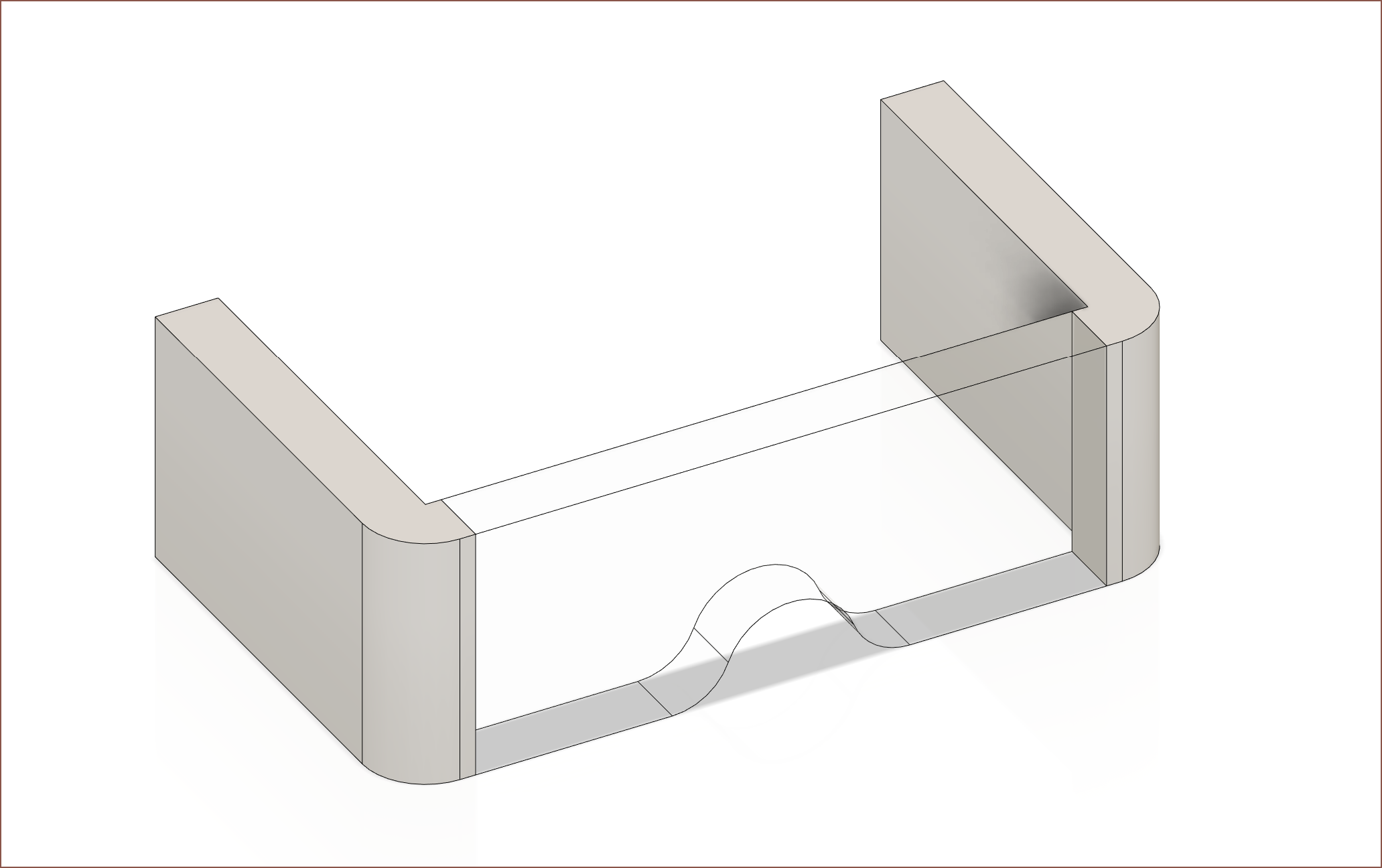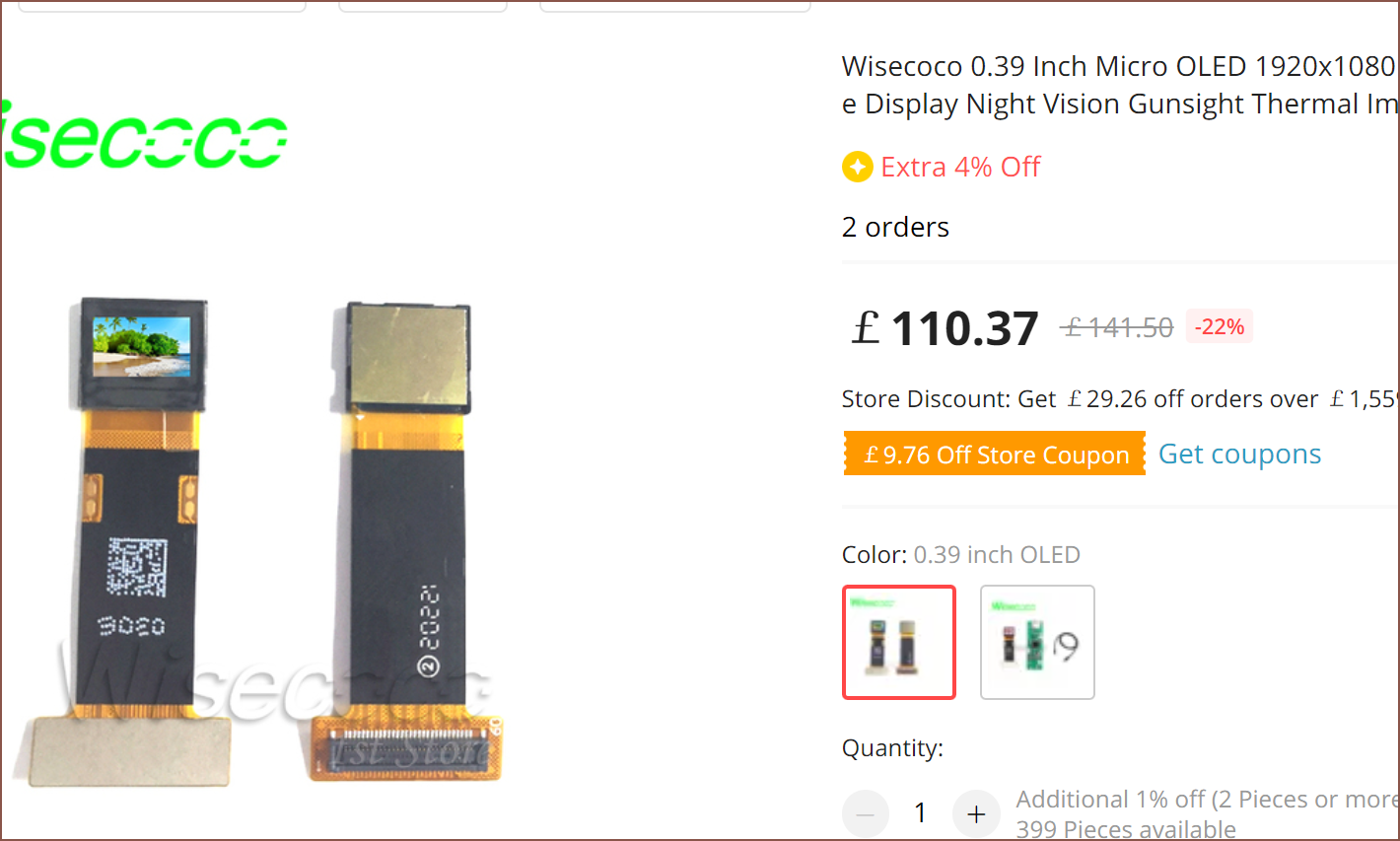-
[E1][R] Visors and brightness
10/26/2022 at 14:20 • 1 comment[15:30]
So I've been learning about optics (from the basics) and am starting to get a feel for how they work. This interactive demonstration helped.
I was also computing the form factor. No idea why every reporter speaks of one of Meta's patented ideas in a bad light, but I was thinking of something like this:
![]()
Just try and imagine all the additonal lines properly aligning like a cuboid. The visor will be an acrylic display riser with the side ends cut so that it has about a 45 degree angle, as seen above. I've got a 400mm version of this for the #SpecSpotlights [gd0024] and tried it with the overhead room lights as my source image. The image looked clear, but in sections where the protective film had slightly peeled away, there was a double image. I assume the film changes the angle for total internal relfection or absorbs enough of these stray rays for it not to be visible. I'm hoping the pldc and mirror film have the same effect.
![]()
There has been one computation that has failed to solve for a few days now, and that's the poposed screen brightness of only 100cd/m^2:
![]() I think that this is the minimum brightness, looking at the datasheet, but I still wanted to look at any other options that would get me at least 1600px vertical for 4:3 monitors.
I think that this is the minimum brightness, looking at the datasheet, but I still wanted to look at any other options that would get me at least 1600px vertical for 4:3 monitors.![]()
![]() Maybe the screen is at 40% brightness? Maybe I can seperate them and use a custom solution? Anyway, I ended up on Alibaba after searching "2560*2560 display" on Google.
Maybe the screen is at 40% brightness? Maybe I can seperate them and use a custom solution? Anyway, I ended up on Alibaba after searching "2560*2560 display" on Google.![]() A company called Seeya sells a (£200) 1.03" 2560*2560 Si OLED that has 90Hz refresh and 1800nits peak brightness. They use that and a pancake optical module to make those VR glasses seen above (that cost around £500+shipping for a sample). I wonder when some company is going to put their branding on it and sell it, because they look pretty decent.
A company called Seeya sells a (£200) 1.03" 2560*2560 Si OLED that has 90Hz refresh and 1800nits peak brightness. They use that and a pancake optical module to make those VR glasses seen above (that cost around £500+shipping for a sample). I wonder when some company is going to put their branding on it and sell it, because they look pretty decent.I've also bought a 2 way mirror so that I can see exactly how much light gets reflected into the eye.
[E1 21:45] I've just found out that there's also beam splitters, and it sounds like they're dimmer to look at instead of two way mirrors:
They're used for teleprompters and have a coating on the other side to eliminate the double image (official name: ghosting) I was talking about earlier. I found out after reading through the comments on Mañolo's YouTube channel. I'm planning to go with the grey PLDC film since, looking at various listing images, I can barely see anything through the black film when transparent.
Hypothetically speaking, if I an individual could manage to buy a 1" screen from Alibaba (I asked but they don't have an AliExpress store), I could use a 50/50 splitter on a single screen. While the dream of AR/VR sounds great (and I'd like to imagine an 8 panel, 5120*5120-per-eye headset one day in the future), right now I'm just focused on a heads-up monitor with the 10K 1000fps XDR RealityRealistic background scenes of Life: The Experience. Thus, I only need the 1 panel, and 900 nits per eye should still be a good amount (panel longevity not considered).
-
[R] Reflectors and PDLC Smart Glass Film
10/21/2022 at 10:01 • 0 comments[11:15]
Reflectors
For starters, there doesn't seem to be much in the way of curved guides available on Aliexpress. Actually, it's just this:
![]() Now, because phones are like 75mm, I'm assuming that the reflectors are larger than I need them to be.
Now, because phones are like 75mm, I'm assuming that the reflectors are larger than I need them to be.The other solution is something like this:
![]() I believe this is a much more accessible method for semi-custom optics. Essentially, it seems to be [Screen]->[lens]->[flat reflector]-[eye]. I think I've got a better chance finding some lenses that will work for this application than a reflector lens, but I won't eliminate the option of spending £30 just to get the curved lenses of the first option. It's just that they look kinda far away:
I believe this is a much more accessible method for semi-custom optics. Essentially, it seems to be [Screen]->[lens]->[flat reflector]-[eye]. I think I've got a better chance finding some lenses that will work for this application than a reflector lens, but I won't eliminate the option of spending £30 just to get the curved lenses of the first option. It's just that they look kinda far away:![]()
I'm expecting the main design to look similar to the #Tetent Timespy [gd0136]. Speaking of which, those are what I'd be using as the controllers. Smart Glass Film
I expected that it would be a special pane of glass, but there's some affordable film on Aliexpress in a variety of different colours.
![]()
I'm assuming the second listing has accidentally put "white" on the black listing, since they also have another "white" listing with white film in the product image. The original idea was to have some pane that gave a frosted glass look and another that changed from transparent to black opaque. The thing is that I have some frosted white film and I tried it around my vision, and it doesn't look anywhere near as good as the Windows 11 "start menu panel material" (officially called Mica) as I expected. I'd also expect that I would run into contrast issues. Additionally, this PDLC film is a lot closer to the near opaque Mica material when OFF (it's transparent when ON) than I expected.
![]() It's also cuttable, flexible, self adhesive and allegedly can even block UV, so I think the black tinted film would be a good solution. I can only assume that AR glasses manufacturers haven't adopted it because it needs low current AC power to turn on the film.
It's also cuttable, flexible, self adhesive and allegedly can even block UV, so I think the black tinted film would be a good solution. I can only assume that AR glasses manufacturers haven't adopted it because it needs low current AC power to turn on the film. -
[T][A] Virtual 4:3 monitors and official project status
10/19/2022 at 19:06 • 0 comments[20:45]
Long story short, I'm going with the 2160x2160 panels, which will have 2160x1620px (and 1620x2160) virtual monitors with program icon pointers to show where windows on other desktops are. Was I expecting that AR goggles with the "Technology Squared" project branding was actually going to use square screens? No, but now it works out. For starters, 2160x2160 is less pixels that need to be driven than 3840x2160, and more versatile than the 1920x1080 screens found in all the latest AR glasses.
I got to look at the large array of TV screens my university just happens to have, and the thing is that 2 16:9 screens almost looks square when stacked ontop of each other. I was comparing the visual difference between a 1:1 and 2:1 solution, to see where CanDoTheTaskApp and CanDoTheTaskBetter are. My conclusion that 1:1 is the former and 2:1 is the latter, in that 1:1 with my 4:3 desktop idea should be "good enough for science" and 2:1 would be this "the future is now, thanks to science" immersive view.
New name
Speaking of view, I was thinking that "T^2 TrueView" was probably a name that was exaggerating what the end product would likely be; it's the same idea as companies adding "Pro" to the end of their for-consumers-that-just-want-the-best-on-offer audience. After some thought, I wanted something that connoted ones own personal space free from the confines of a room, and eventually landed on TransparencyMist, or TyMist for short. It's also got an official project tag now (gd0138) since I feel I now have a solution I can persue.
"Transparency" is probably self esplanitory, but I thought of "Mist" because I like the idea of working in the middle of an empty park on a bright but foggy day, where everything further away progressively gets cloudier.
![Sunrise 98: Ault Park (Foggy Park, Foggy Forest, and ...]() Stemming from that thought, I'd like to incorporate one of those electric frosting panes into the headset, so that the background is like the "acrylic" or "mica" materials seen in Windows 10 and 11 respectively. I'd also like to incorporate something like a single LCD pixel to electronically dim the background too. I'm expecting both of these to be seperate layers.
Stemming from that thought, I'd like to incorporate one of those electric frosting panes into the headset, so that the background is like the "acrylic" or "mica" materials seen in Windows 10 and 11 respectively. I'd also like to incorporate something like a single LCD pixel to electronically dim the background too. I'm expecting both of these to be seperate layers.GUI Concept
It seems 4:3 has gone out of fasion (well... even I still think of Windows XP and 7 when I think 4:3 monitors), so maybe that's why I haven't yet seen this idea proposed by AR manufacturer companes. I tried a custom 1620x2160 resolution on my 4K monitor at 100% scaling and it's actually quite nice for productivity. I wore my magnifying goggles that refocuses near objects (such as the screen) and slightly enlarges the image to further simulate AR goggles. I used it for a couple hours and thought that it was a good amount of pixels to get productivity work done (unlike 1080p). I could just-about comfortably see all parts of the screen without moving my head. 16:9 videos looked to have a decent size too; likely not as large as an NReal Air or similar, but those are more designed for consuming content, not making it.
Lets say were actually sitting at a park bench and there's an inbuilt CB1 or maybe #Tetent Timespy [gd0136] has HDMI out.
![]() This is the idea that I have in mind. There'd be a 6 or 9 axis IMU that mainly tracks angular movement. Since I don't have enough pixels (nor do I want to dive into such complexities), the Desktop panels will have a bit of a snap-to-centre behaviour to them. Essentially,
This is the idea that I have in mind. There'd be a 6 or 9 axis IMU that mainly tracks angular movement. Since I don't have enough pixels (nor do I want to dive into such complexities), the Desktop panels will have a bit of a snap-to-centre behaviour to them. Essentially,- If the head angle is less than, say, 5 degrees, don't move the view at all.
- If the angle is 6-7 degrees, start to slightly move the desktop view in the opposite direction.
- After 8 degrees, bounce all the way to the next desktop view.
BOM Price
I have a feeling that I solution could cost under £200, which is also the price my current screens were back in 2020. I think up to 9x90Hz virtual screens for the price of 1 is a good deal to me.
This is hoping that I could do something simple like [screen]->[fresnel lens]->[reflector pane]->[eye].
-
[R] 2.9" 2K^2 90Hz displays
10/17/2022 at 21:09 • 0 commentsWrapping up my new #Tetent Timespy [gd0136] design, I curiously looked at other high refresh rate panels <3.81" and found https://www.panoxdisplay.com/tft-lcd/2-9-inch-lcd-2160x2160-vr-90-hz.html
![]()
The outer dimensions are 54x59mm, so it might be a valid alternative to my initial idea of 4 tiny 1080p displays since they'd only cost 1/10th of the latter. I'm just slightly concerned about the brightness, but only because I don't know how bright of a display I'd need.
Additionally, I'd imagine guiding the screens furthest away from the eyes would be almost as challenging as my 5.5" screen idea.
-
[T] Idea 2: Screens in the glasses arms
09/26/2022 at 14:20 • 0 commentsApparently, the arms of the glasses are called temples. I'm thinking of an 80mm tall, single height visor where these 5.5" 4K displays are in the temples.
![]() The good news is that this is only around £120 worth of screens. The bad news is that I'd need some extreme light guide optics.
The good news is that this is only around £120 worth of screens. The bad news is that I'd need some extreme light guide optics. This is the 5 minute model of what the goggles could look like:
![]()
-
[T] Inital idea
09/26/2022 at 12:30 • 0 commentsMy inital idea is to beam-form 4 1080p micro screens per eye to look like a single 2160p image.
![]()
Yes. I know. That's over £880 in screens alone. At that kind of cost, I certainly want to be looking around to see if if I can get an >60Hz refresh solution.
I also wonder if it's possible to first split the beams in half to cut the amount of needed screens down to 4. It would mean that each eye only gets an identical image though.
 kelvinA
kelvinA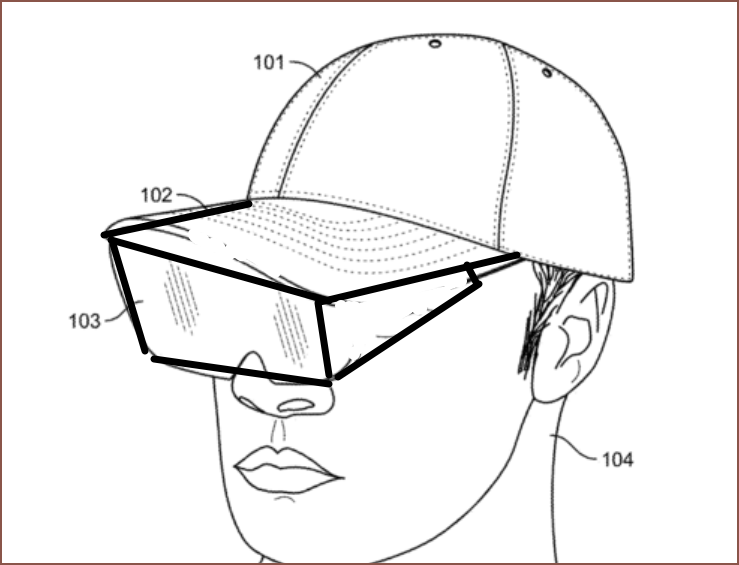
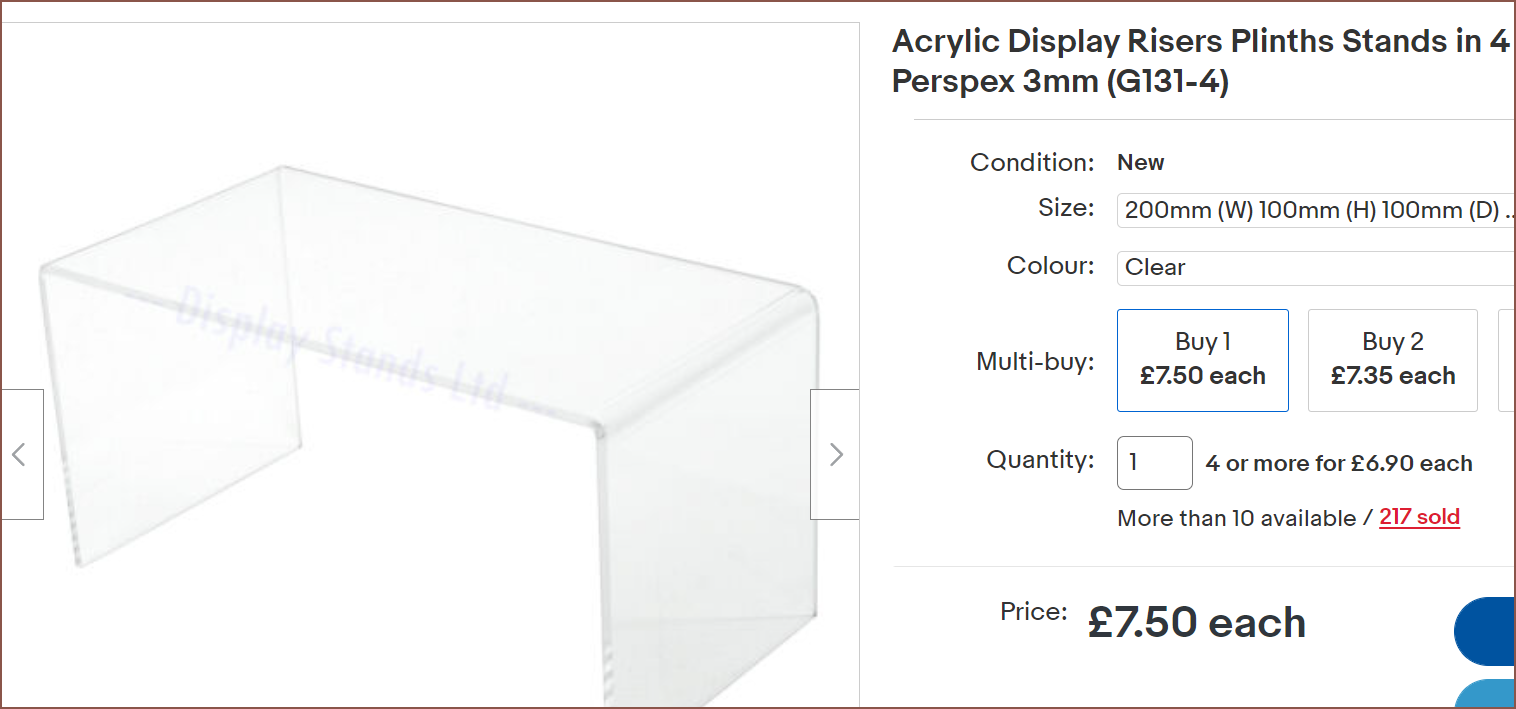
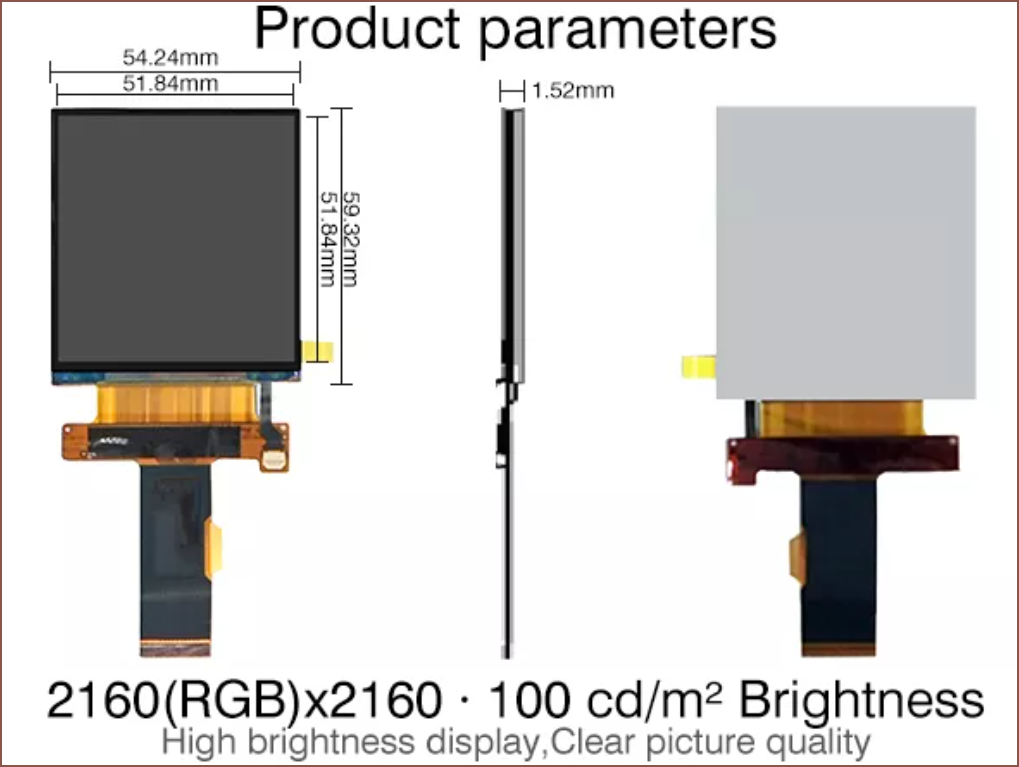 I think that this is the minimum brightness, looking at the datasheet, but I still wanted to look at any other options that would get me at least 1600px vertical for 4:3 monitors.
I think that this is the minimum brightness, looking at the datasheet, but I still wanted to look at any other options that would get me at least 1600px vertical for 4:3 monitors.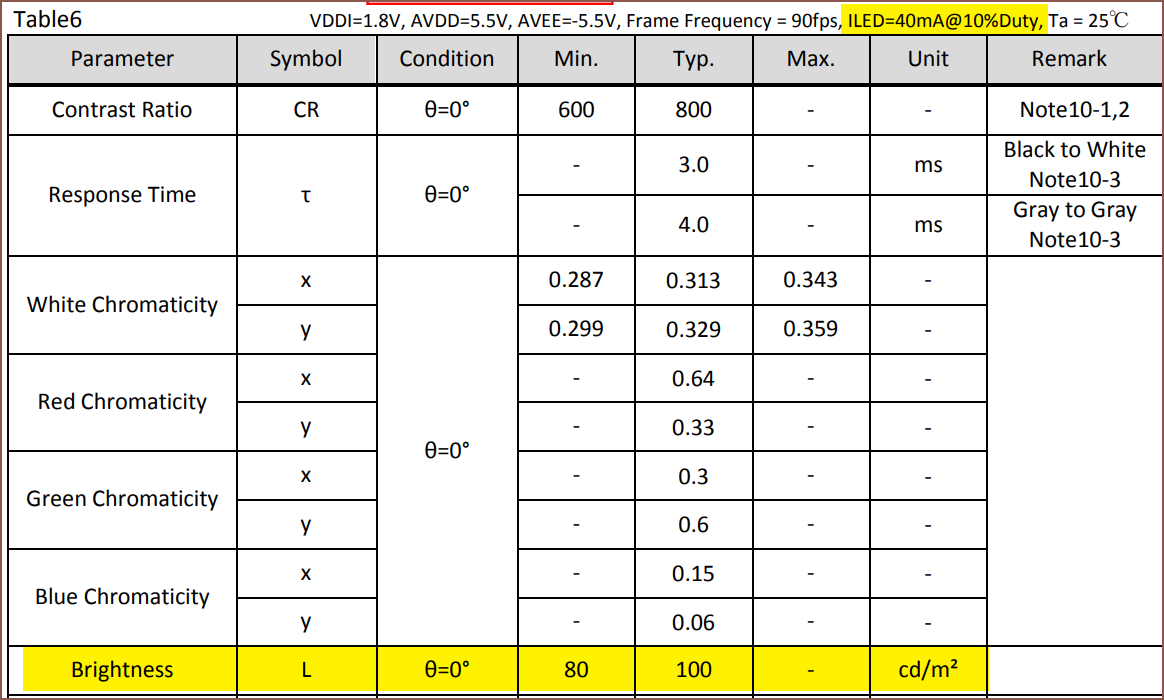
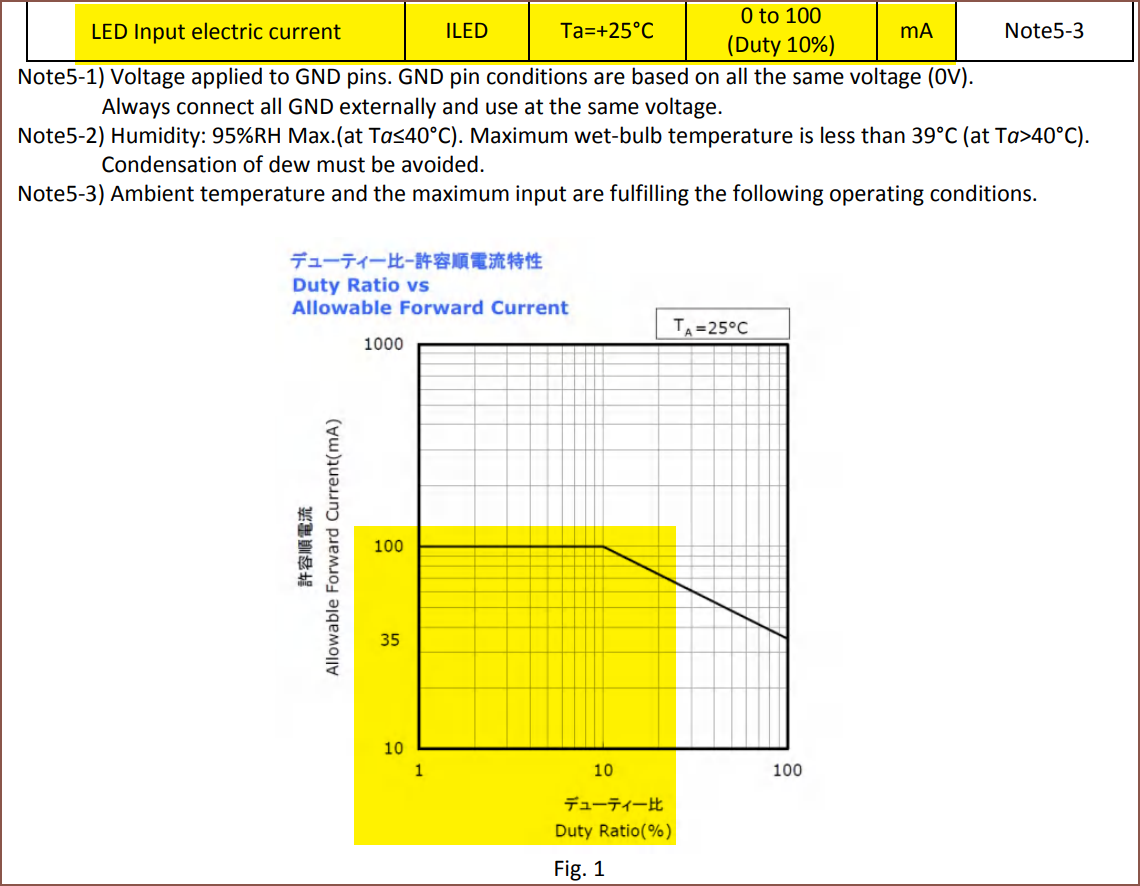 Maybe the screen is at 40% brightness? Maybe I can seperate them and use a custom solution? Anyway, I ended up on Alibaba after searching "2560*2560 display" on Google.
Maybe the screen is at 40% brightness? Maybe I can seperate them and use a custom solution? Anyway, I ended up on Alibaba after searching "2560*2560 display" on Google.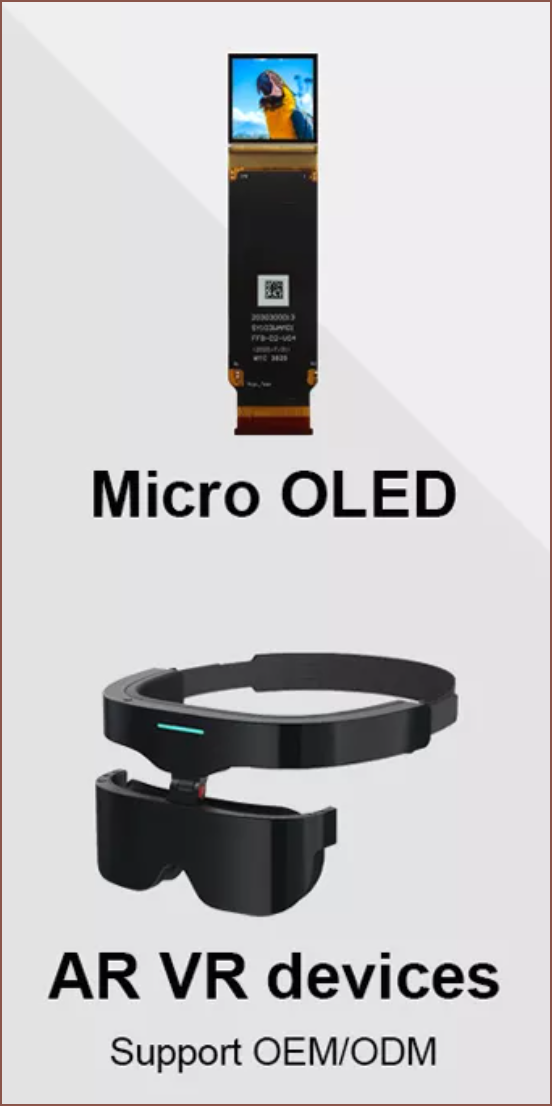 A company called Seeya sells a (£200) 1.03" 2560*2560 Si OLED that has 90Hz refresh and 1800nits peak brightness. They use that and a pancake optical module to make those VR glasses seen above (that cost around £500+shipping for a sample). I wonder when some company is going to put their branding on it and sell it, because they look pretty decent.
A company called Seeya sells a (£200) 1.03" 2560*2560 Si OLED that has 90Hz refresh and 1800nits peak brightness. They use that and a pancake optical module to make those VR glasses seen above (that cost around £500+shipping for a sample). I wonder when some company is going to put their branding on it and sell it, because they look pretty decent.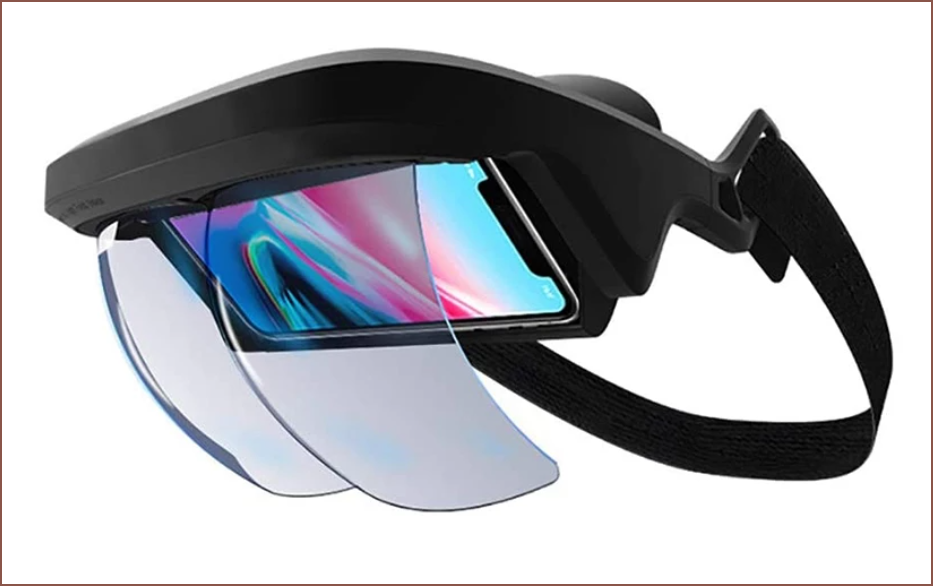 Now, because phones are like 75mm, I'm assuming that the reflectors are larger than I need them to be.
Now, because phones are like 75mm, I'm assuming that the reflectors are larger than I need them to be.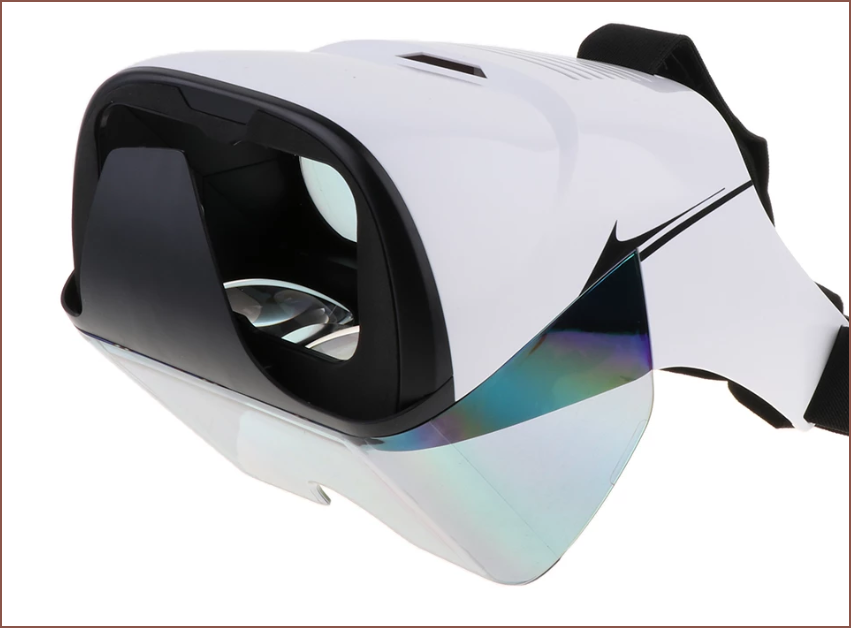 I believe this is a much more accessible method for semi-custom optics. Essentially, it seems to be [Screen]->[lens]->[flat reflector]-[eye]. I think I've got a better chance finding some lenses that will work for this application than a reflector lens, but I won't eliminate the option of spending £30 just to get the curved lenses of the first option. It's just that they look kinda far away:
I believe this is a much more accessible method for semi-custom optics. Essentially, it seems to be [Screen]->[lens]->[flat reflector]-[eye]. I think I've got a better chance finding some lenses that will work for this application than a reflector lens, but I won't eliminate the option of spending £30 just to get the curved lenses of the first option. It's just that they look kinda far away: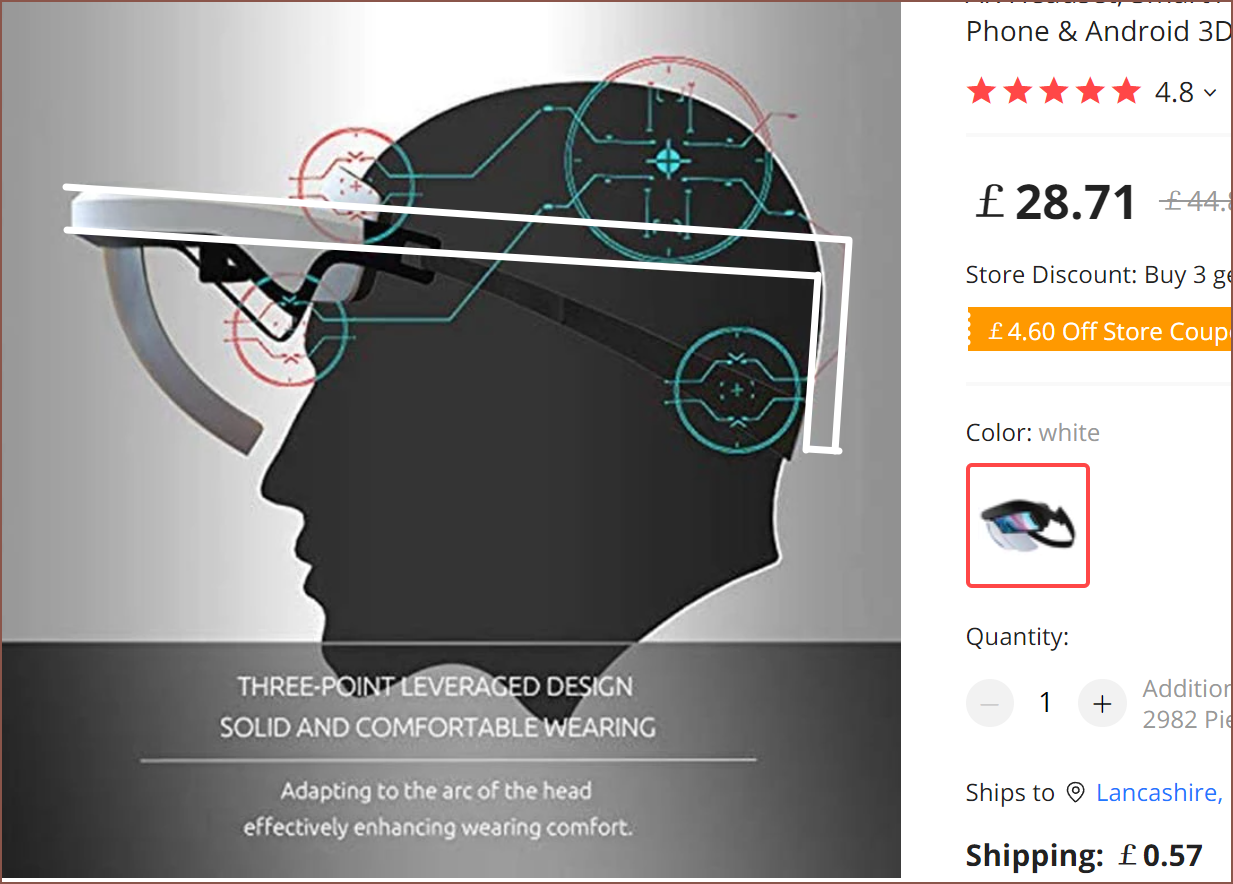
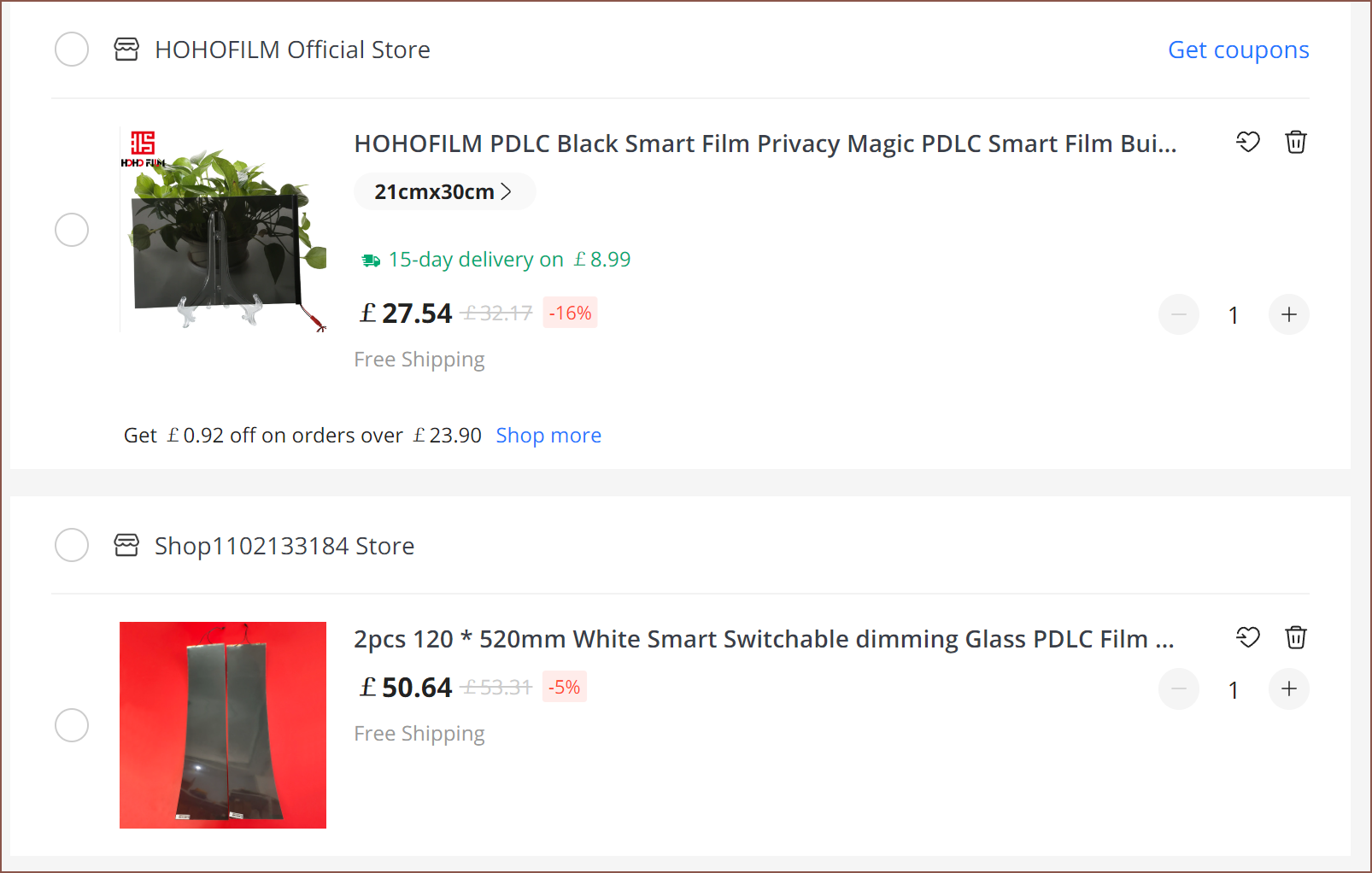
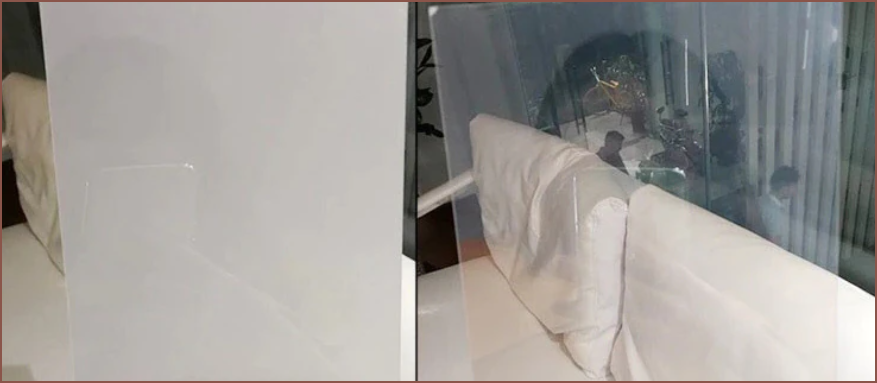 It's also cuttable, flexible, self adhesive and allegedly can even block UV, so I think the black tinted film would be a good solution. I can only assume that AR glasses manufacturers haven't adopted it because it needs low current AC power to turn on the film.
It's also cuttable, flexible, self adhesive and allegedly can even block UV, so I think the black tinted film would be a good solution. I can only assume that AR glasses manufacturers haven't adopted it because it needs low current AC power to turn on the film. Stemming from that thought, I'd like to incorporate one of those electric frosting panes into the headset, so that the background is like the "acrylic" or "mica" materials seen in Windows 10 and 11 respectively. I'd also like to incorporate something like a single LCD pixel to electronically dim the background too. I'm expecting both of these to be seperate layers.
Stemming from that thought, I'd like to incorporate one of those electric frosting panes into the headset, so that the background is like the "acrylic" or "mica" materials seen in Windows 10 and 11 respectively. I'd also like to incorporate something like a single LCD pixel to electronically dim the background too. I'm expecting both of these to be seperate layers.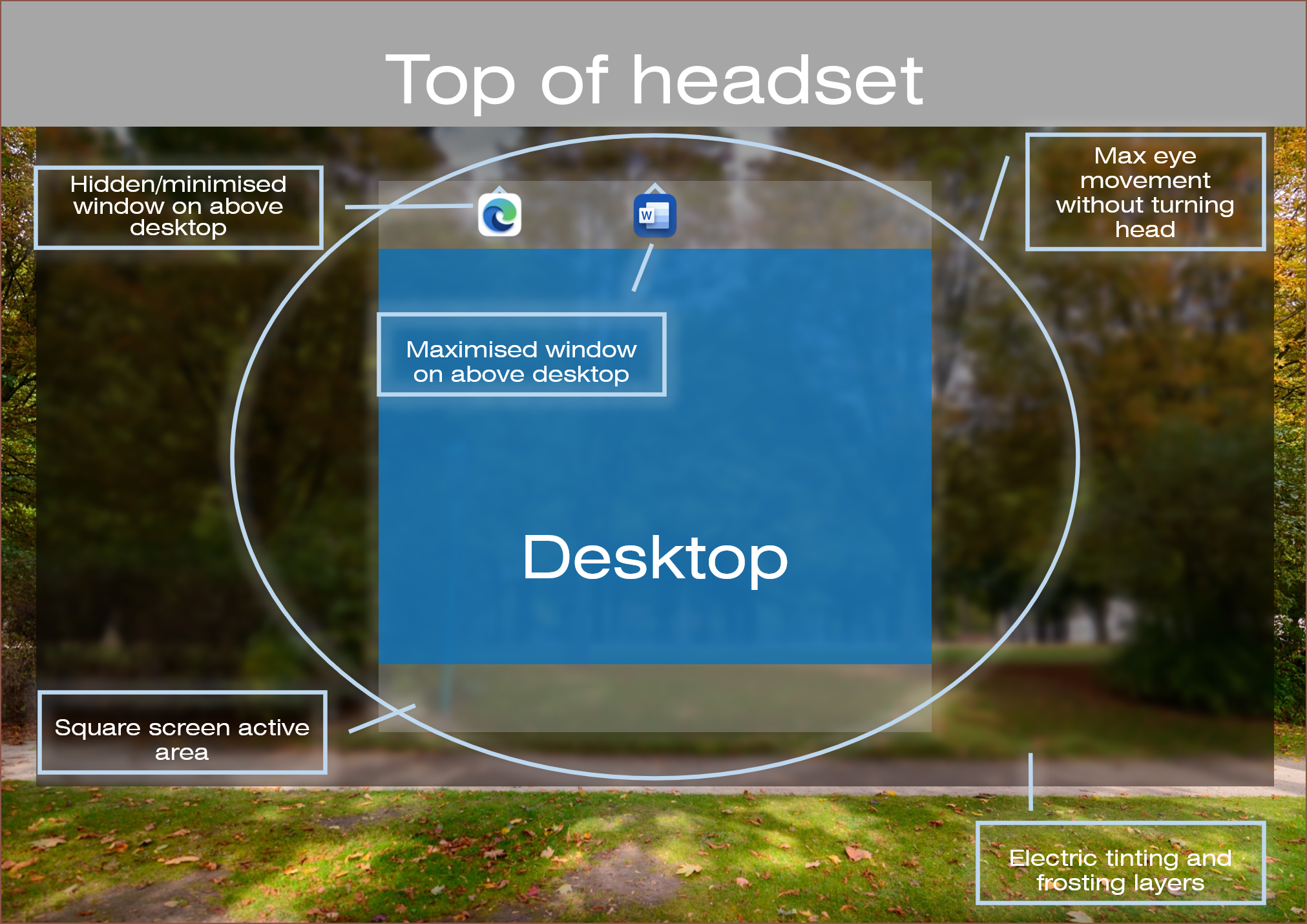 This is the idea that I have in mind. There'd be a 6 or 9 axis IMU that mainly tracks angular movement. Since I don't have enough pixels (nor do I want to dive into such complexities), the Desktop panels will have a bit of a snap-to-centre behaviour to them. Essentially,
This is the idea that I have in mind. There'd be a 6 or 9 axis IMU that mainly tracks angular movement. Since I don't have enough pixels (nor do I want to dive into such complexities), the Desktop panels will have a bit of a snap-to-centre behaviour to them. Essentially,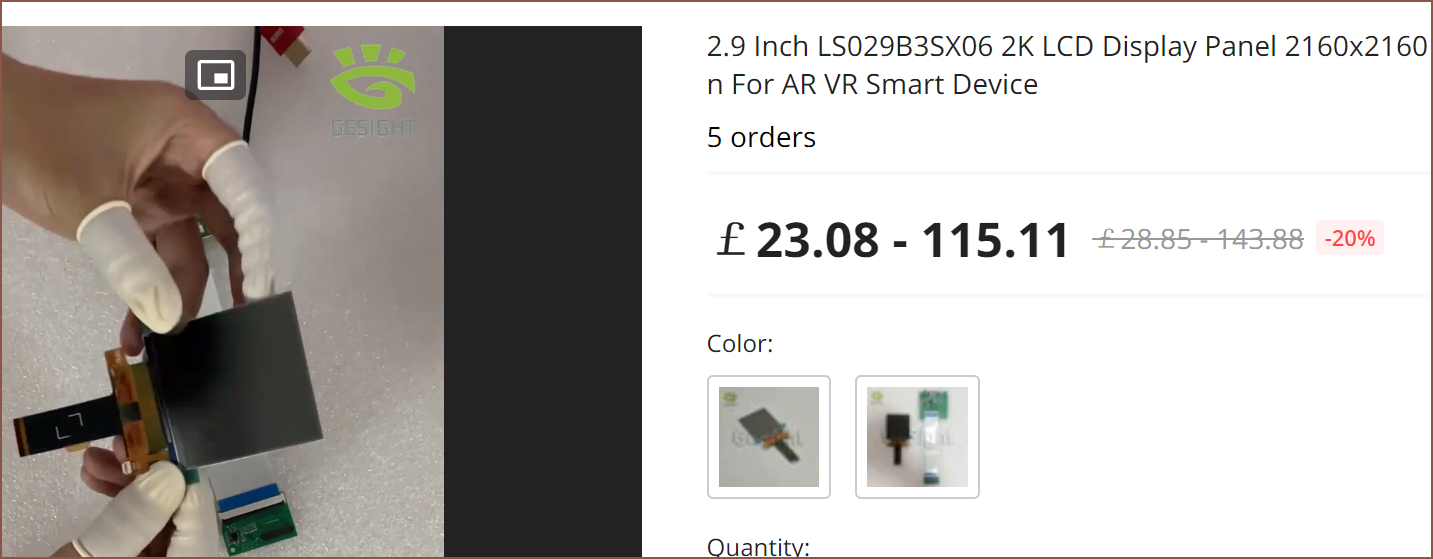
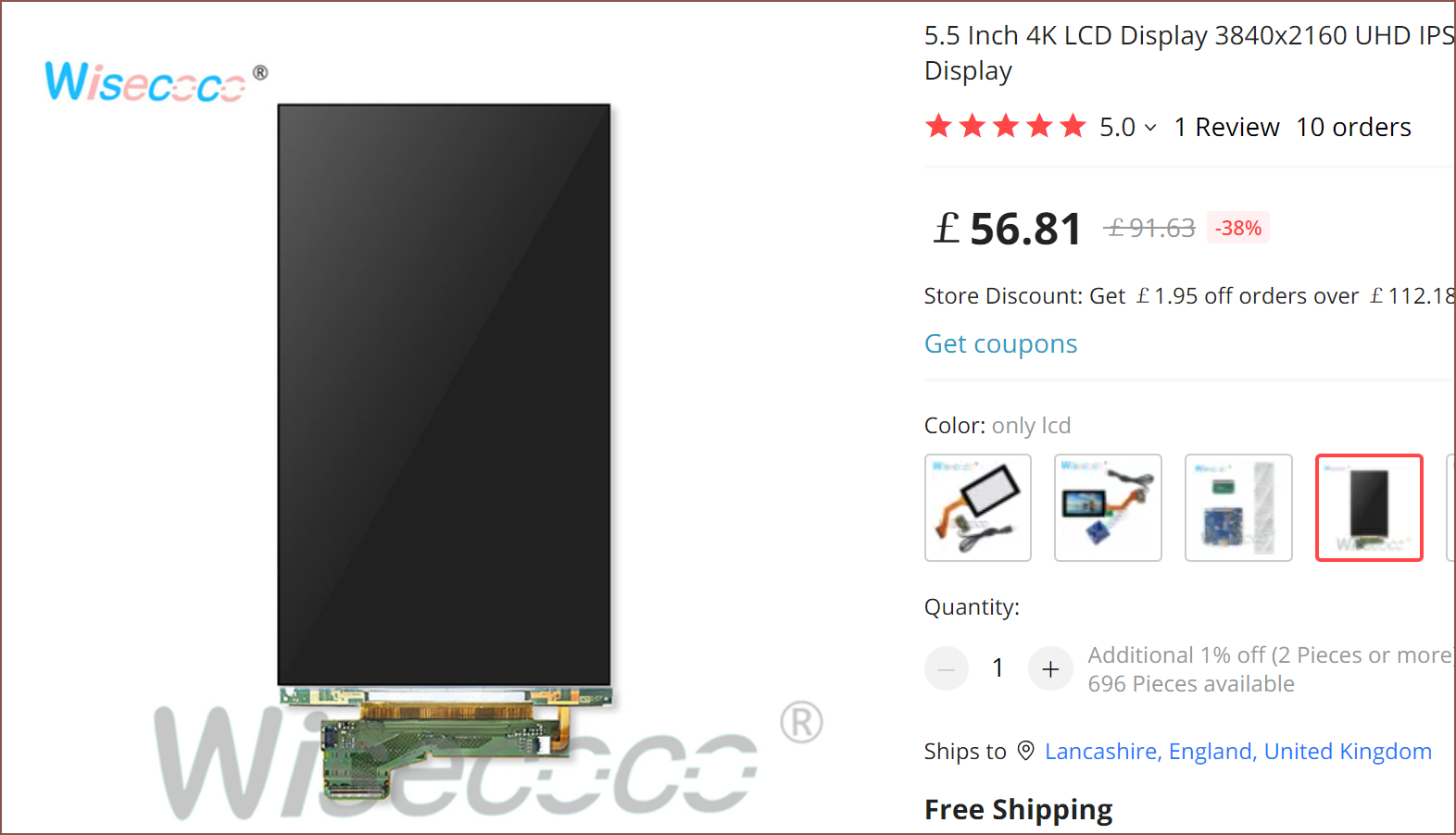 The good news is that this is only around £120 worth of screens. The bad news is that I'd need some extreme light guide optics.
The good news is that this is only around £120 worth of screens. The bad news is that I'd need some extreme light guide optics. 